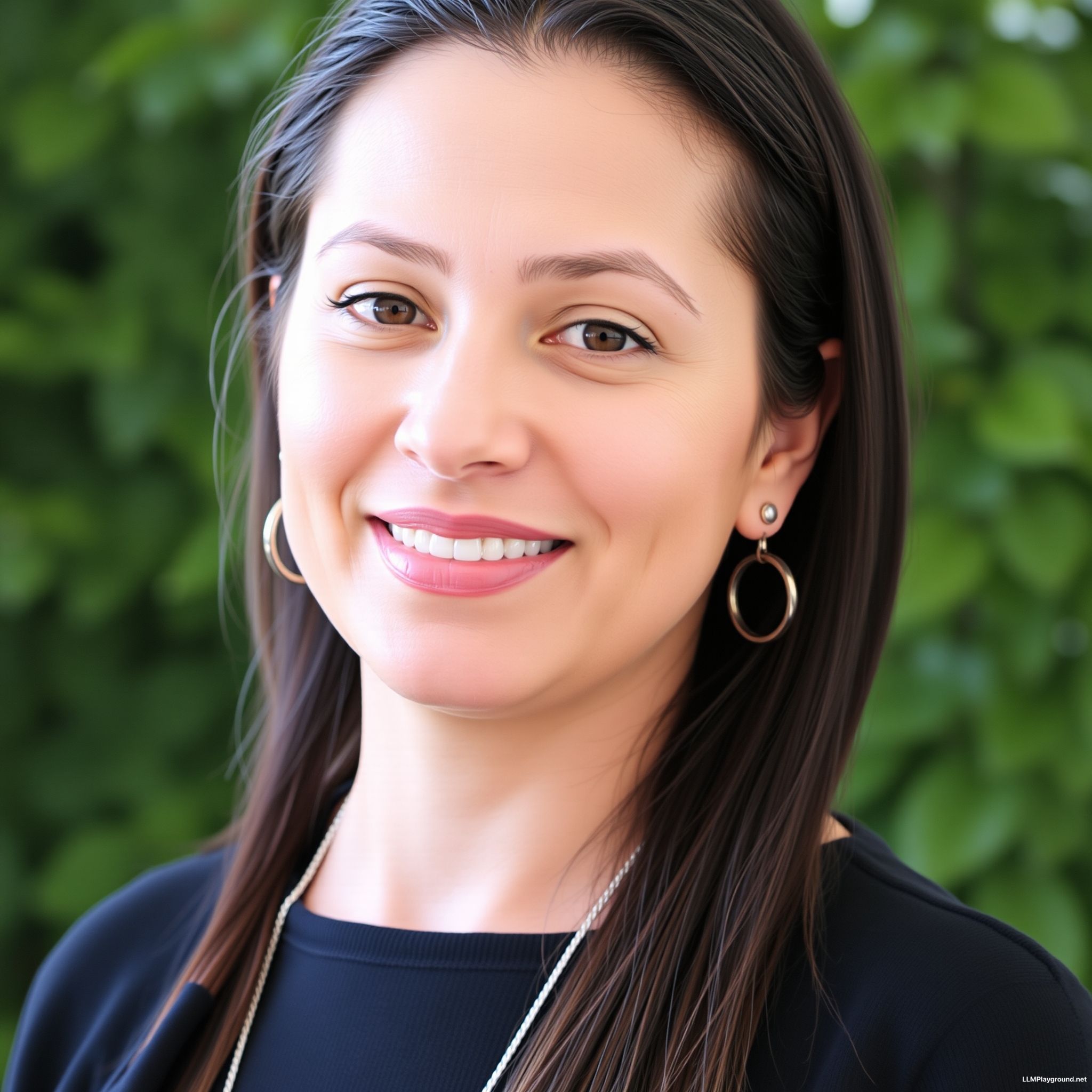Table of Contents
Importance of Virtual Simulation in Optometry Education
In the realm of health education, particularly in optometry, the integration of technology has become increasingly vital. Virtual Simulation Technology (VST) represents a significant advancement in training methodologies, enabling students to engage with educational material in a more immersive and interactive manner. This technology is particularly essential in teaching complex subjects such as corneal contact lens fitting, where practical skills are critical for successful patient outcomes.
The global prevalence of vision impairment due to refractive errors underscores the importance of effective education in this field. By 2050, it is predicted that nearly half of the world’s population will be myopic (Holden et al., 2016). As myopia management becomes a pressing public health concern, the demand for highly skilled optometrists equipped with the latest knowledge and techniques is paramount. Virtual simulations offer a unique solution to bridge the gap between theoretical knowledge and practical application, allowing students to practice fitting corneal contact lenses in a controlled, risk-free environment.
Moreover, traditional teaching methods often limit students’ access to real patients and hands-on experience. VST overcomes these barriers by providing a platform for students to learn and practice in a virtual setting, enhancing their confidence and competence before they interact with actual patients (Ma et al., 2023). This approach not only improves the educational experience but also leads to better learning outcomes, as students can repeatedly practice and refine their skills without the constraints of physical resources.
Overview of the Corneal Contact Lens Course Structure
The corneal contact lens course, particularly in optometry programs, typically includes foundational topics such as the anatomy of the eye, types of contact lenses, fitting techniques, and management of contact lens-related complications. However, the integration of VST allows for a modular approach that enhances learning through practical application.
The course structure may be organized as follows:
- Introduction to Contact Lenses: Overview of types, materials, and their applications.
- Anatomy and Physiology of the Eye: Understanding the ocular structures involved in contact lens fitting.
- Virtual Simulation Training: Engaging with a VST system that includes modules on fitting techniques, lens evaluation, and troubleshooting common issues.
- Hands-On Practice: Opportunities for students to apply their knowledge in practical settings with real patients, complemented by virtual simulations.
- Assessment and Evaluation: Continuous assessment through practical exams and reflective learning sessions where students can evaluate their performance and understanding.
By incorporating VST into this framework, students are provided with a dual learning experience, combining theoretical knowledge with practical skills, leading to a more robust educational outcome.
Impact of Virtual Simulation on Student Learning Outcomes
Research indicates that the use of VST in education significantly enhances student learning outcomes. In a recent study involving 145 optometry undergraduates, the introduction of a VST system for corneal contact lens education led to notable improvements in students’ course experiences and self-directed learning abilities. The evaluation of teaching quality improved significantly, rising from an average score of 4.05 before the VST intervention to 4.45 afterward (Li et al., 2024).
The mastery of fundamental skills also saw a significant increase, with scores jumping from 3.49 to 4.40. This implies that students felt more competent in their practical abilities after engaging with the VST system. Furthermore, the overall course experience rating improved from 3.07 to 4.17, illustrating a clear positive shift in student perceptions about the effectiveness of the educational delivery method.
These findings align with similar research that suggests virtual simulations can bolster students’ self-directed learning. Post-intervention, students reported increased expectations of their teachers’ roles, greater independence, and enhanced confidence in their learning abilities. For instance, the average score for students’ expectations of the teacher’s role increased from 3.91 to 4.41, while their confidence in learning abilities improved from 3.02 to 4.35 (Li et al., 2024).
Comparison of Student Experience Before and After VST Implementation
To assess the impact of VST on students’ experiences, a longitudinal study was conducted where students completed questionnaires before and after using the VST system. The results showed significant improvements across various metrics relating to course experience and self-directed learning abilities. For example, students reported a better understanding of course goals and standards, which rose from 3.49 to 4.34 after using the VST (Li et al., 2024).
Table 1: Improvements in Course Experience Metrics
| Course Experience Metric | Pre-Implementation Score | Post-Implementation Score |
|---|---|---|
| Teaching Quality | 4.05 | 4.45 |
| Mastery of Basic Skills | 3.49 | 4.40 |
| Clear Goals and Standards | 3.49 | 4.34 |
| Appropriate Learning Tasks | 3.08 | 4.26 |
| Suitable Evaluation Methods | 3.05 | 4.10 |
| Overall Course Experience Rating | 3.07 | 4.17 |
This data demonstrates the tangible benefits of implementing VST in an optometry curriculum, as it enriches the educational environment and facilitates better learning outcomes.
Future Directions for Integrating Technology in Optometry Training
The future of optometry education lies in the continued integration of technology, particularly VST, to enhance learning experiences. The development of more sophisticated virtual simulations that reflect real-world scenarios will be crucial. As technology evolves, incorporating artificial intelligence (AI) and machine learning algorithms into VST systems could provide even more personalized learning experiences for students, tailoring training modules to individual learning paces and styles.
Furthermore, collaborative efforts between universities and technology companies could lead to the creation of comprehensive online platforms that allow for not only virtual simulations but also remote patient interaction and consultation, thus broadening the scope of practical training.
The continuous feedback loop established through VST will also enable educators to refine curricula based on real-time data regarding student performance and engagement. This iterative process will ensure that optometry training remains relevant and effective in preparing future professionals to meet the challenges of an evolving healthcare landscape.
FAQ
What is Virtual Simulation Technology (VST)?
VST is a technology that creates a virtual environment through computer software, allowing students to interact and engage with educational content in an immersive way.
How does VST enhance optometry education?
VST allows optometry students to practice skills such as fitting contact lenses in a risk-free environment, improving their confidence and competence before working with real patients.
What improvements were noted in students after implementing VST?
Students reported significant enhancements in teaching quality, mastery of basic skills, and overall course experience after engaging with the VST system.
What are the future prospects for integrating technology in optometry training?
Future directions include the incorporation of AI and machine learning for personalized learning experiences, as well as developing platforms for remote patient interaction and consultation.
Why is VST important for managing myopia among optometry students?
With the increasing prevalence of myopia, VST prepares optometry students with the necessary skills to effectively manage and treat this condition, ultimately benefiting public health.
References
- Holden, B. A., Fricke, T. R., Wilson, D. A., Jong, M., Naidoo, K. S., & Sankaridurg, P. (2016). Global prevalence of myopia and high myopia and temporal trends from 2000 through 2050. Ophthalmology, 123(5), 1036-1042. https://doi.org/10.1016/j.ophtha.2016.01.006
- Ma, C.-W., Cheng, P.-S., Chan, Y.-S., Tipoe, G. L. (2023). Virtual reality: a technology to promote active learning of physiology for students across multiple disciplines. Advances in Physiology Education, 47(3), 594-603
- Li, L., & others. (2024). Application and evaluation of virtual simulation technology in ‘corneal contact lens’ education. BMC Medical Education. https://doi.org/10.1186/s12909-024-06378-y











